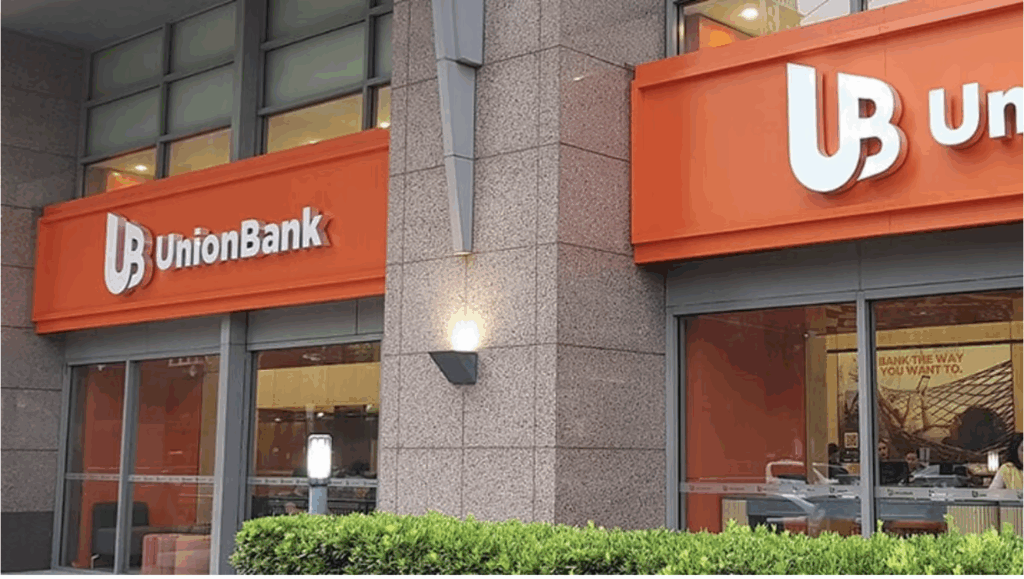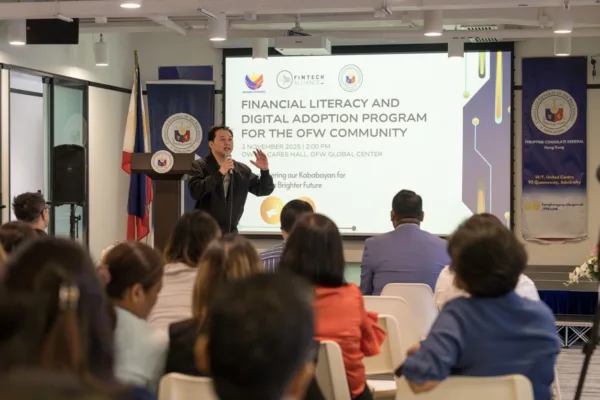Union Bank of the Philippines, a key player in the Philippine banking sector, is currently navigating a complex landscape of aggressive growth and increasing problem loans, according to a recent report by Moody’s Ratings.
The bank’s strategic push to expand its footprint, particularly in the retail lending space, has propelled it to the forefront with the largest share of retail loans among the country’s major financial institutions.
However, this rapid expansion has come at a cost, manifesting in a notable uptick in its problem loan ratio.
Union Bank’s problem loans surge as growth strategy strains asset quality

Moody’s highlighted that Union Bank’s consolidated problem loan ratio climbed to 7.4% by the end of 2024, a significant jump from the 6.5% recorded in the previous year. This increase stems from asset quality challenges within a specific commercial exposure, coupled with difficulties within the bank and its subsidiaries’ mortgage portfolios.
The ratings agency pointed directly to Union Bank’s “aggressive growth strategy – both organically and through acquisition” as the primary driver behind this trend.
While Union Bank has since recalibrated its strategy, scaling back its rapid growth and tightening credit underwriting standards, including a more cautious approach to lending to new-to-credit clients, Moody’s anticipates that the bank will continue to grapple with an elevated problem loan ratio, projecting it to remain within the 6% to 7% range throughout 2025.
Several factors contribute to this persistent challenge. Union Bank’s significant portfolio of unsecured retail loans leaves it particularly vulnerable to the shrinking financial buffers of Filipino borrowers amidst the current economic climate.

Furthermore, the ongoing efforts to clean up the balance sheet of its digital lending arm, UnionDigital Bank, which faced substantial credit quality issues in 2023 despite de-risking initiatives, will continue to exert pressure on Union Bank’s overall asset quality.
Adding to these concerns is Union Bank’s relatively low provision coverage for its problem loans. Moody’s pointed out that this limited buffer leaves the bank more exposed to potential losses arising from its riskier loan portfolio.
Thin safety net: Low loan loss reserves deepen Moody’s concerns
This observation was a key factor in Moody’s recent decision to downgrade Union Bank’s rating from Baa2 to Baa3. The downgrade underscores the agency’s assessment of the bank’s “modest profitability, which is highly dependent on its ability to manage credit costs associated with its growing portfolio of unsecured retail loans.”
Despite these headwinds, there are glimmers of resilience. The bank’s profitability, as measured by its return on assets (ROA), showed improvement in 2024, rising to 1.1% from 0.8% in the preceding year. This positive development was fueled by a stronger net interest margin (NIM) and marginally lower operating expenses, which helped to offset the higher credit costs incurred.

Looking ahead, Moody’s projects that Union Bank’s NIM will remain the strongest among its domestic rated peers. However, it also cautions that the bank’s credit costs are likely to remain the highest due to its substantial unsecured retail loan portfolio. This delicate balancing act between a robust NIM and elevated credit costs will be crucial in determining the bank’s financial performance in the coming year.
In the end, Union Bank stands at a critical juncture. Its ambitious growth strategy has positioned it as a dominant force in the Philippine retail lending market, but it now faces the challenge of effectively managing the resulting increase in problem loans.
While the bank has taken steps to mitigate these risks, the lingering effects of its rapid expansion and the broader economic pressures on borrowers suggest that navigating these headwinds will be a key focus for UBP in 2025.
The market will be closely watching how the bank balances its growth aspirations with the imperative of maintaining asset quality and profitability in the face of these challenges.








